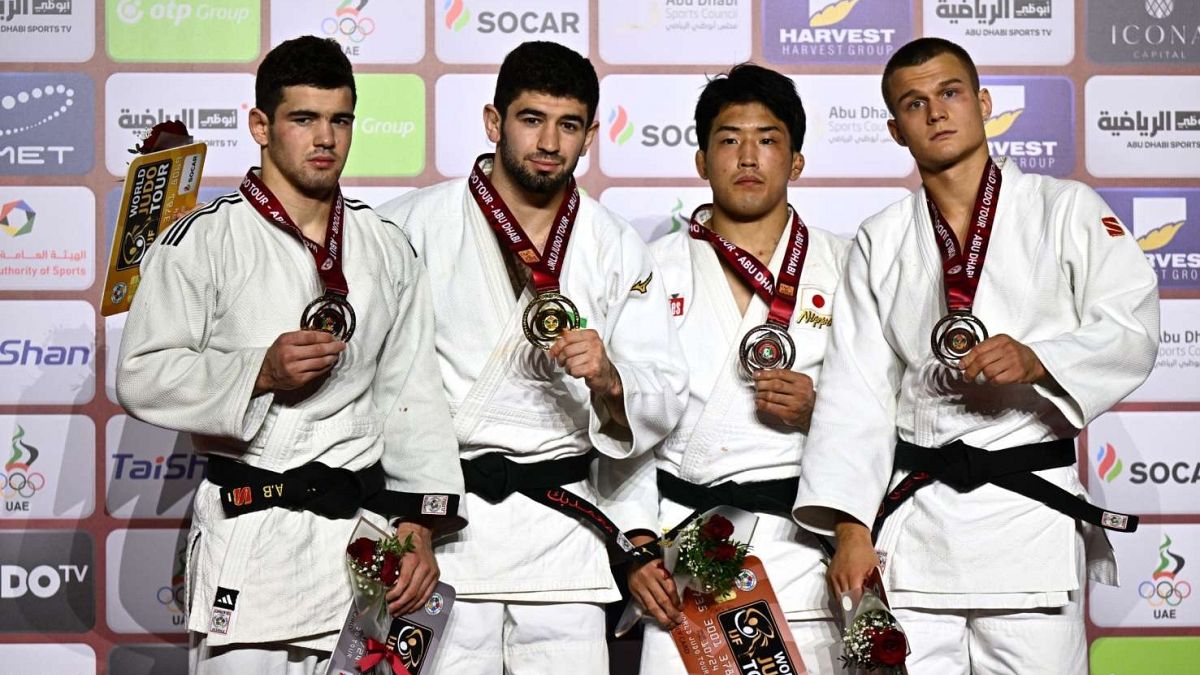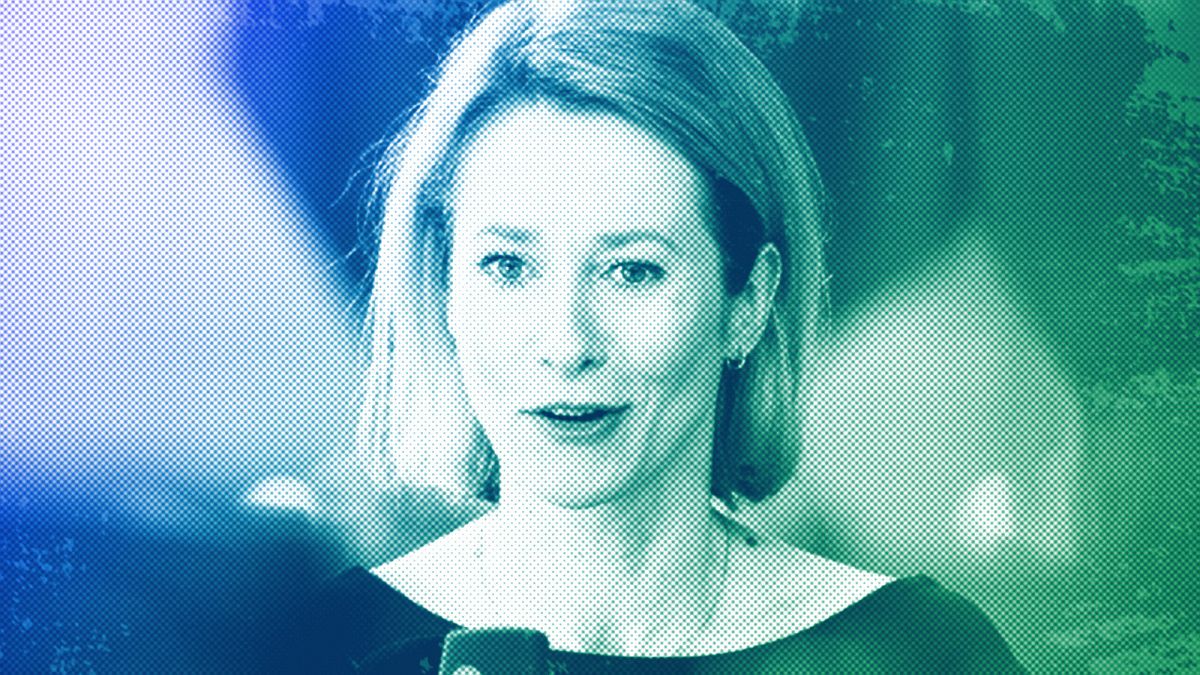Peace in Ukraine needs more than a plan

By Nicu Popescu, distinguished policy fellow, ECFR, and Gustav Gressel, security and defence specialist
The opinions expressed in this article are those of the author and do not represent in any way the editorial position of Euronews.
If Europe wants to sit at the table on European security affairs rather than only being the subject of it, it needs a European Peace Plan that includes forceful diplomacy backed by the force of arms and money, Nicu Popescu and Gustav Gressel write.
As the Trump administration is preparing an attempt to stop the war in Ukraine, Europe fears, for good reason, that it won’t have a place at the table where decisions are made.
It also fears a deal done at the expense of not just Ukraine but also the EU itself. No amount of pleading is likely to change that unless Europe itself brings itself something tangible to that table: a European Peace Plan of sorts that is designed to support but also guard-rail Trump’s own peace plan.
To begin with, the likelihood of a peace deal next year remains modest. As long as Russia continues to make advances on the front, there is little reason for Moscow to seek a deal that is minimally respectful not just of Ukraine’s territorial integrity but also of Ukraine’s future sovereignty and freedom of action.
It may sound like “proposals” will amount to turning Ukraine into another vassal state like Belarus, posing even greater security problems for the rest of Europe. As long as Russia has a realistic chance of achieving its aims through war, why should it give up in negotiations what it can achieve unilaterally on the battlefield?
What should Europe do?
The road to peace and the negotiating table needs several pit stops. And Europe has to prepare them well.
First, the road to peace needs to see the Russians stop advancing. For this, Ukraine needs to stop them.
Even the current amount of military aid is insufficient to achieve this. The most urgent need is an increase in military support to Ukraine.
Once the Russian army is stopped, one must send credible signals that squash Moscow’s hopes for a renewed offensive after adapting to new Ukrainian capabilities.
So, a credible commitment to finance and help Ukrainian defence in the long term is needed. And this commitment needs to be made less vulnerable to political change and electoral vagaries inside the EU.
Therefore, a long-term commitment should take the form of long-term binding contracts with European and Ukrainian defence enterprises to produce relevant goods in quantity and a long-term financial framework for aid to Ukraine that cannot be vetoed every few months (like the European Peace Facility).
On-paper guarantees not enough
Second, all of the above require funds. The EU should put together a European Peace Fund, which will be Europe’s second contribution to the table. Like the US lend-lease during World War II, it needs to be quick, substantial and long-term.
The €800 billion post-COVID recovery fund can inspire a European Peace Fund. Europeans should explore ways to use existing money – from cohesion funds, NextGenEU, or the financial capacities of development banks, and possibly new loans – to boost the EU’s defence industrial production and infrastructure upgrades needed because there is a war, but also commit 20% of those to strengthening Ukraine’s defence capacity with the possibility of reimbursing that in 50 or even 100 years.
By the way, the UK reimbursed the last tranche of the US World War II lend-lease in 2006, 69 years after the end of the war.
Third, Europe needs to propose something that credibly prevents a large-scale attack on Ukraine in one or two years after a truce. NATO membership would certainly be a credible guarantee. But even if and when there is a positive decision, ratification could take time if Sweden’s recent experience of any guide.
Besides NATO membership, paper security guarantees are no longer credible. After the failure of the US and UK to sustain the Budapest Memorandum, paper guarantees won’t deter Russia’s next war and, therefore, won’t convince Ukraine now.
Therefore, if one is to hold an unrecognised frontline, Korea-style, for the long term, on-paper guarantees won’t suffice.
If peace on the Korean peninsula for the last 60+ years is any indication, frontlines are frozen by trenches, artillery and tanks, and US military presence in South Korea, not agreements on paper.
Therefore, a European conversation about troop deployments in Ukraine is a logical discussion to be had. But in what form?
A tall order for Europe?
One form is peacekeepers, and another is a presence without peacekeeping status. It is not very likely that EU peacekeepers will significantly deter Russia. UNIFIL in Lebanon has not been able to deter Israel either.
Indian, Chinese or Kazakh peacekeepers would not do any better. Any peacekeeping mission bound to a mandate by either the UN or OSCE could be terminated at Russia’s convenience before it attacks.
Previously, Russia terminated or incapacitated OSCE missions in both Ukraine and Georgia on various occasions. Therefore, only an autonomous military presence supporting Ukraine’s defence capabilities, like the enhanced forward presence with NATO, would be a more credible factor of stability and peace.
This package — arms, defence funds, long-term loans, and boots on the ground — sounds like a tall order for Europe.
But if Europe wants to sit at the table on European security affairs, rather than only being the subject of it — and receive a deal that would only set the stage for Russia’s next and possibly larger war — it needs a European Peace Plan that includes forceful diplomacy backed by the force of arms and money.
Nicu Popescu is a distinguished policy fellow at the European Council on Foreign Relations (ECFR) and former foreign minister of Moldova. Gustav Gressel is a security and defence specialist.
Source: Euro News















